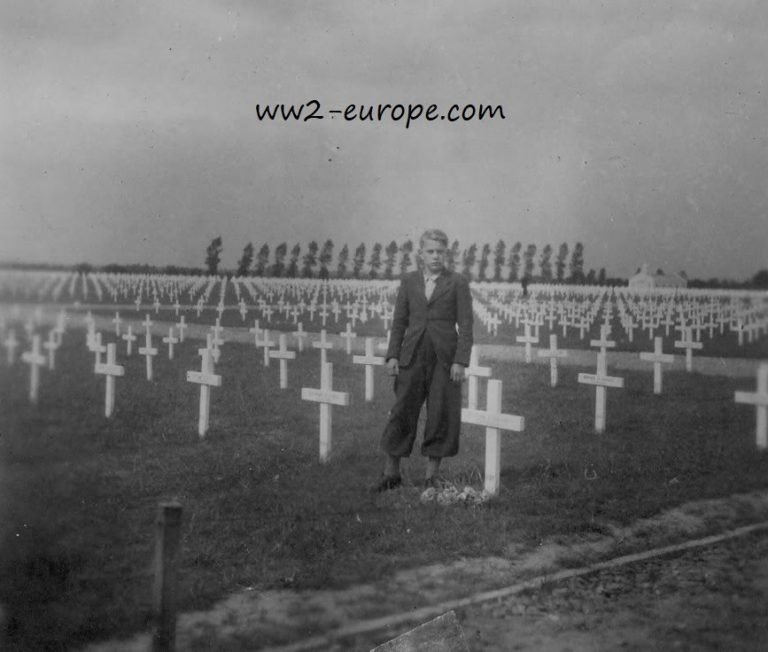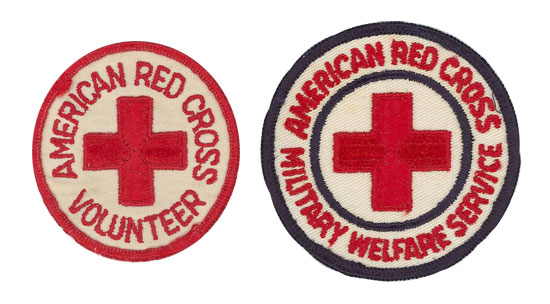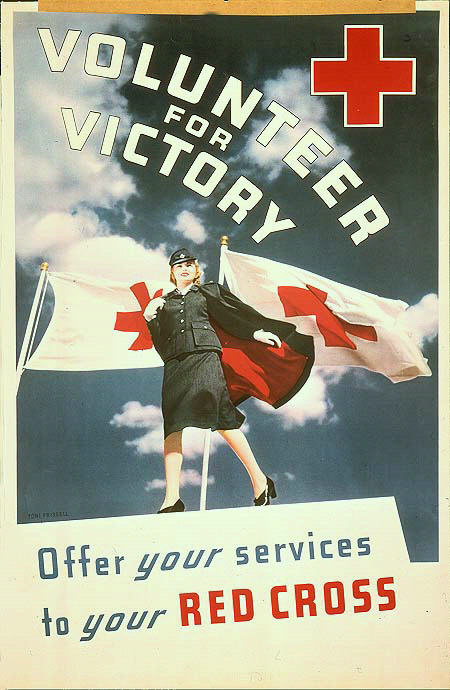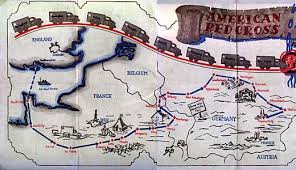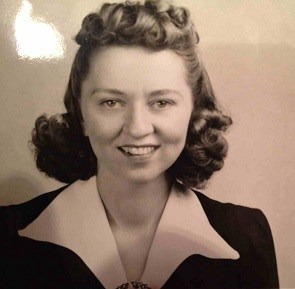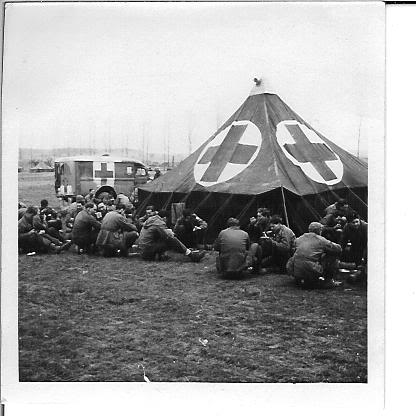Rank and Name in, Medical Nurse Dorothy Jane Burdge.
Unit/Placed in, American Red Cross.
Dorothy was born approx. on Aug. 14, 1915 in Marion County, Ohio.
Father, Leroy Burdge.
Mother, Lilian A. Burdge (Bouscein).
Sisters, Edna L. and Grace R. Burdge.
Dorothy J. Burdge was a Nurse in the American Red Cross.
Dorothy J. Burdge was a school teacher before going overseas as a Red Cross worker. She was sent overseas by the Red Cross in September 1943 and served in England and followed the American troops to Normandy, through France and Belgium and finally to Germany. She operated a Red Cross club mobile with her sister Grace.
Dorothy J. Burdge was Killed during a plane crash in Germany on May 1, 1945, she is honored with a Purple Heart, Good Conduct Medal, American Campaign Medal, Army Presidential Unit Citation, European-African-Middle Eastern Campaign Medal, WW II Victory Medal.
Dorothy is buried at the Netherlands American Cemetery and Memorial, Margraten, Netherlands.
Thanks to http://www.med-dept.com/ ,Red Cross http://www.redcross.org/ You can also reed more about her at the site’s of http://www.bensavelkoul.nl/
Jean Louis Vijgen, ww2-Pacific.com and ww2-europe.com.
Air Force Info, Rolland Swank.
ABMC Website, https://abmc.gov
Marines Info, https://missingmarines.com/ Geoffrey Roecker
Seabees History Bob Smith https://seabeehf.org/
Navy Info, http://navylog.navymemorial.org
POW Info, http://www.mansell.com Dwight Rider and Wes injerd.
Philippine Info, http://www.philippine-scouts.org/ Robert Capistrano
National Historian
Navy Seal Memorial, http://www.navysealmemorials.com
Family Info, https://www.familysearch.org
Info, https://www.pacificwrecks.com/
Medals Info, https://www.honorstates.org
Find a Grave, https://www.findagrave.com
Tank Destroyers, http://www.bensavelkoul.nl/
WordPress en/of Wooncommerce oplossingen, https://www.siteklusjes.nl/
Military Recovery, https://www.dpaa.mil/
World War II and the American Red Cross
Red Cross serving World War 2 soldiers coffee
The American Red Cross involvement in World War II preceded the entrance of the United States into the conflict. When hostilities began in Europe in 1939, the Red Cross became the chief provider of relief supplies for the civilian victims of conflict distributed by the Geneva-based International Red Cross Committee. In February 1941, the Red Cross responded to a request by the U.S. government to begin a Blood Donor Service to produce lifesaving plasma for the armed forces in anticipation of America’s entry into the war. After the attack on Pearl Harbor on December 7, 1941, the Red Cross quickly mobilized a volunteer and staff force to fulfill the mandates of its 1905 congressional charter requiring that the organization “furnish volunteer aid to the sick and wounded of armies in time of war” and to “act in matters of voluntary relief and in accord with the military and naval authorities as a medium of communication between the people of the United States of America and their Army and Navy.”
At home, millions of volunteers provided comfort and aid to members of the armed forces and their families, served in hospitals suffering from severe shortages of medical staff, produced emergency supplies for war victims, collected scrap, ran victory gardens, and maintained training programs in home nutrition, first aid, and water safety. Overseas, Red Cross workers served as field directors providing compassionate support for the troops they accompanied, operated clubs and clubmobiles for the armed forces, and were attached to military hospitals, hospital ships, and hospital trains.
At the peak of Red Cross wartime activity in 1945, 7.5 million volunteers along with 39,000 paid staff provided service to the military. Throughout the war years, the Red Cross served 16 million military personnel, including one million combat casualties. By the time World War II ended in September 1945, the American public had contributed over $784 million in support of the American Red Cross. Nearly every family in America contained a member who had either served as a Red Cross volunteer, made contributions of money or blood, or was a recipient of Red Cross services.
American Red Cross War-related Services
On the home front and behind the battle lines overseas, volunteers and paid, professional staff provided services in these categories:
Services to the Armed Forces (SAF) comprised of the Military and Naval Welfare Service, the Home Service, the Camp and Hospital Council Service, and, at the end of the war, Service to Veterans Hospitals.
Volunteer Special Services, a group of domestic programs carried on by volunteers through local Red Cross chapters.
Specialized War-time Services, such as the Blood Donor Program, Prisoners of War relief, civil defense, and foreign aid to civilian war victims overseas.
War-related aspects of ongoing Red Cross services, including Nursing, First Aid and Water Safety, Junior Red Cross, and College Red Cross Units.
These services are described below. Excerpts from the 1944 Red Cross Annual Report accompany some descriptions to convey a contemporary impression of the human dimensions of this extraordinary period in American Red Cross history.
